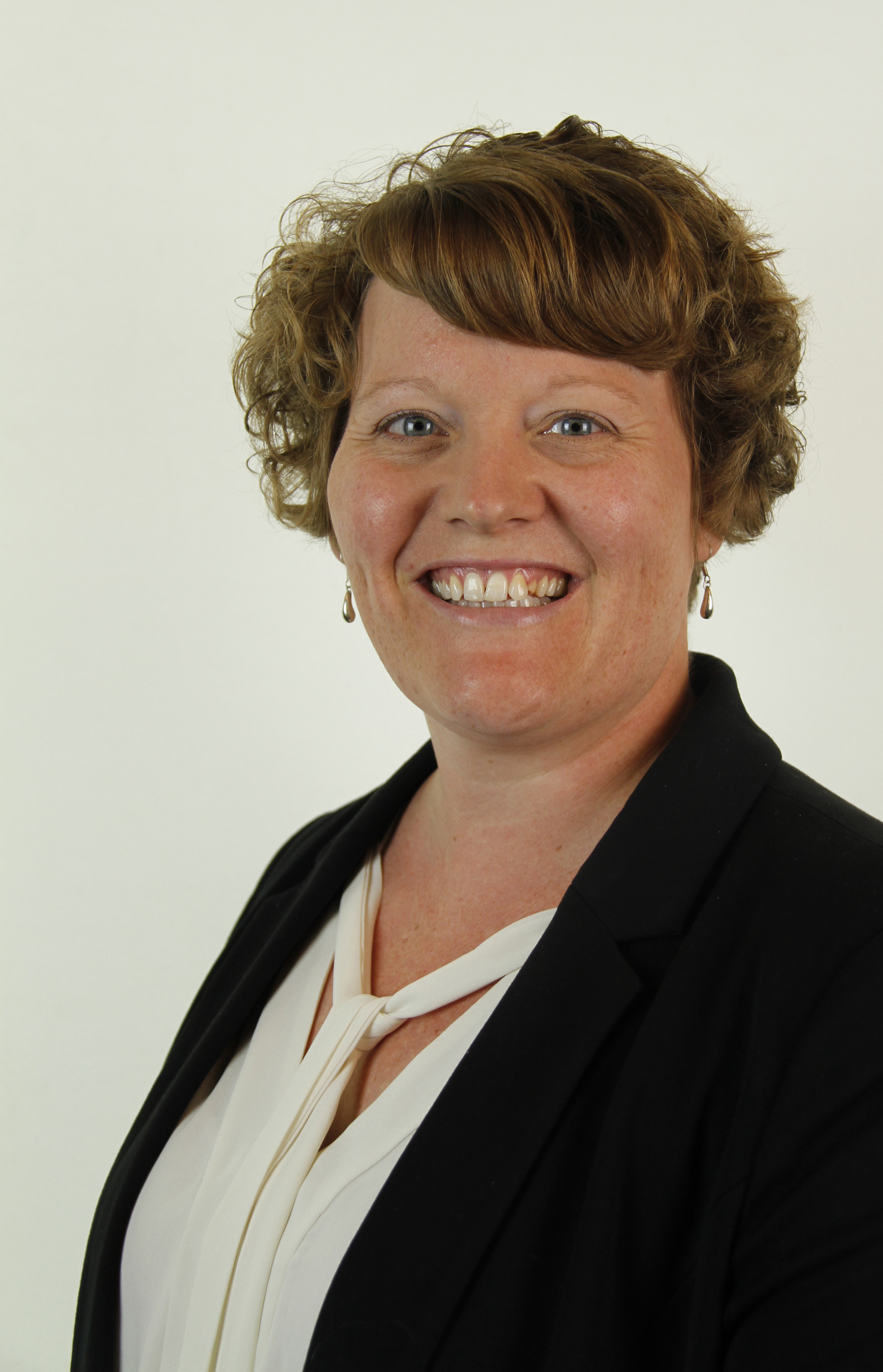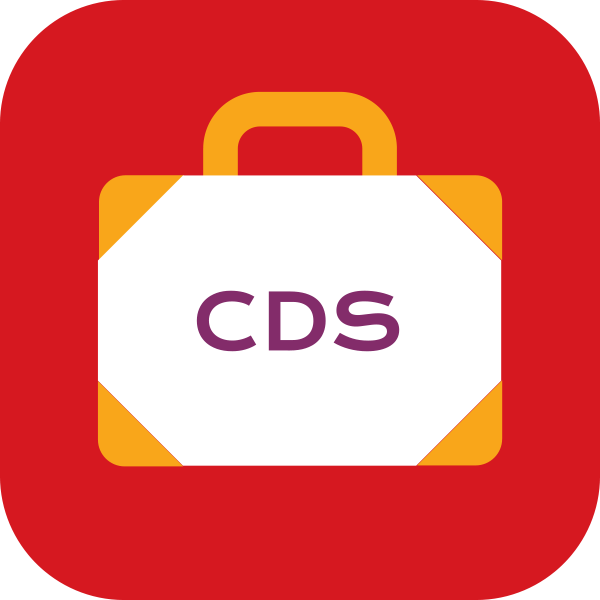Implementing a new assessment system across a whole school is an exciting project. In our case, it has been vital in our school’s journey of giving greater visibility of pupil progress and measuring it accurately, helping to identify pupil needs and implementing strategies to help them be successful. For it to work, though, we needed all staff to be on board.
Our new approach to assessment
Our new approach to assessment is built on GL Assessment’s Complete Digital Solution (CDS), a ready-made package of standardised assessments that help measure reasoning skills, monitor progress and identify barriers to learning. I started by attending training sessions with GL Assessment to develop a greater understanding of the different types of tests and how to use the data efficiently, which allowed me to confidently present the project and get staff on board. I invited a GL Assessment trainer to conduct a twilight training session to outline all of the assessments we could use, which was followed by group CPD sessions and many individual meetings.
Some colleagues were initially worried about how our new assessment programme would impact their workload, the amount of assessments pupils would do, how they will access the data and generally what our expectations of them would be. These kinds of concerns are perfectly natural and, indeed, expected at the start of any new initiative. Working closely with colleagues, some individually, was key to the success of the project. To get staff on board you need energy, positivity and compassion, and it was my role to address their concerns and overcome them.
When we implemented the first round of assessments, additional staff training needs were identified and quickly resolved. Staff were impressed with the wealth of data available. With so much useful information on offer, we presented select data to the staff to ensure they could focus on targeted areas. Giving practical examples of how teachers could use the data to inform their planning and set targets was essential. I encouraged colleagues to ask questions, some I could answer, others I produced more in-depth reports to identify exactly where a weakness was and strategies to uses, and at other times I liaised with our key contact at GL Assessment for support and advice.
Throughout the year, I introduced monthly data meetings - some for all staff and others directed at certain year groups. In these meetings we reviewed data as year groups or forms identifying pupils who require targets for support or to be extended, drilled down into comprehensive reports to get more detail on certain pupils and discussed how to use the information in day to day lessons.
One of the key learning points for staff was that the data was a starting point for conversations: What does it indicate? Were there any circumstances on the day that contributed to a spike in data? Does it support teacher judgement? Using all the information together we can paint a picture of every individual child, understand where they are in their learning journey and identify how we can help them succeed.
Moving into our second year of CDS we continue to ask staff for feedback, review what assessments we do and when, consider if there are any new assessments we think would be useful and see how to get the most out of the data and other elements, which we will continue to do regularly with the support of the GL Assessment team.
Projects have been implemented throughout the school in areas that have been highlighted as requiring improvement, supported by professional judgement. Now, CDS is part of our school fabric and is embraced by staff.
The Hawthorns School is one of our Centres of Assessment Excellence


